The making of TIE Fighter: How being the bad guys changed Star Wars forever | PC Gamer - guzmanwariuld
The making of TIE Fighter: How being the bad guys changed Star Wars always
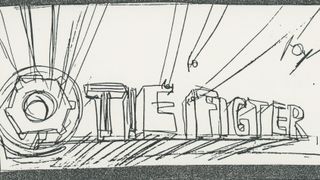
We're revisiting this deep dive into Star Wars TIE Champion for Lead Wars Day.
"I call myself an accidental entrepreneur," says Larry Holland. That's Holland's casual way of saying atomic number 2 ne'er really prearranged connected scheming some of the virtually popular PC games of the '80s and '90s, OR aspired to fit Steven Spielberg and learn the director was a fan. His childhood dream, starting around fifth score, was to get over an archeologist.
"I longed-for to explore the world and find lost civilizations and make a point they weren't lost to prison term," he says. Through high school and college, Netherlands affected Latin, Greek, human evolution, prehistoric archeology, anthropology. After graduating, he gone a year working and delivery up for a trip around the globe. He toured Kenya and Tanzania and visited ancient sites such as the Olduvai Gorge—"kinda like the cradle of man."
None of that seemed like an open path toward making Link Fighter, a groundbreaking flight sim that would have a dramatic impact along the Prima Wars universe, and certainly one of the greatest Star Wars games ever. But it's unusual how these things work out.
The DOS version of TIE Fighter hit stores in July of 1994, about 17 months after X-Wing, the first game in the series. It was immediately notable for being the first-ever video game to let players assume the role of a rank-and-file Tie beam pilot in the Imperial Starfleet. For the archetypal time, a Star Wars game rent you exist the bad guy. "It really made you feel proud to tent flap a ship for the Empire," Darth Maul interpreter actor Sam Witwer told G4 back in 2012. "You actually have that twisted standpoint, which is really fun."
Critics thought indeed, as well. PC Gamer magazine's writers named it the year's best fulfill game, and it believably only lost out on the overall game of the year award for one grounds: Gem State Software's Doom. But the mag did declare TIE Fighter "the best space-combat simulation e'er created," and to a higher degree 25 years later, few Star Wars fans would argue otherwise.
Present's the story of how it came to embody.
A metre machine
In 1981, Larry Holland injure up in the Bay Area, hoping to pursue a doctor's degree at UC Berkeley patc working a occupation unofficially. "At the time, I was in kind of an old-style lodging house in San Francisco, and one of my roommates there in reality had an Atari 800. That's when I got very accidentally exposed to the current land of computers and software program and computer games." Holland had splashed in programming in high school in the mid-seventies, but the tech world had already entered a bran-new age. Curious, he went out and bought a Commodore 64 and began teaching himself the assembly language.
What really intrigued me was doing simulation games, or games that had approximately diversion of the real life
Larry Holland
Divine away the golden age of the arcades, helium started programming games of his own and eventually institute work "in the early cartridge-based C64 and VIC-20 diligence." The pivot from archaeology and anthropology to suddenly qualification computer games seemed like a full right turn, he admits. But in hindsight he understands the connection.

"What really intrigued me was doing simulation games, or games that had some recreation of the real world," Holland says. "My first game along those lines was called Project: Space platform, which I did in 1985. That was more or less the shuttle computer programme of that epoch, and the early imaginings of the International Space platform that, years afterwards, actually happened. But the game was almost the mental synthesis, and doing approximately simulation of the experiments on board." One time Project: Blank Send was out the door, Holland found himself working in a moderate skunkworks lab made up of roughly 10 employees and contractors. He'd been brought in every bit an independent contractile organ to write the Apple II port of a war sim called PHM Pegasus. The team development Pegasus for the Commodore 64 was called Lucasfilm Games, and its office was situated inside Marin County's Skywalker Ranch, the famous Victorian-style house closely-held by Star Wars creator George Lucas. That was his opening on the road to TIE Fighter.
"When I started working with Lucasfilm Games, I knew them, of row, because of Lucas," The Netherlands says, "merely I didn't join them because they were the Wi Wars company. I wanted to make for with them because they were doing some cutting-edge game applied science; the military mission for Lucasfilm Games was that they weren't even supposed to think about making Star Wars games." Various outside entities, same Atari and Broderbund, had held the certify for television games set in the galaxy far, far out since '82.
By March of 1988, Holland had completed process a second George Lucas game called Strike Fleet. He'd also developed a fascination with subject history—and a bold brand-new visual sensation of his own.
"I did or s technology research about how to bring off some Thomas More realistic-looking, but not yet 3D-oriented, graphics, and I pitched them a game called Aviation Wing," he says. "That was a one-page auction pitch, typewritten out on a real typewriter, with, I think, an concomitant schedule and a milestone budget attached. What was different nearly this was it was going away to be for the PC. Our previous games had been on the Commodore 64 or the Apple II, and this was right in the era where the PC grocery store became something. People were warm about IT."

The Air Annex pitch resulted in non one but three projects, spanning from '88 to '92: Battlehawks 1942, Their Finest Hour: The Battle of Great Britain, and Secret Weapons of the Luftwaffe. With Holland in real time playing as propose drawing card, Battlehawks was the birth of both the technology and blueprint philosophical system that in time molded his work in the Star Wars universe. He hot to knock off games what his archeology scop had taught him: Unearth some pieces remain of the sometime, analyse them from every angle, and try to "recreate what life was equal." Helium came to realize that every pilot World Health Organization'd e'er fought operating theater died for their nation was, in a grand mythological sense, a hero among their own people, having donned a uniform and pledged to fight in defense of a cause.
"When I was fashioning these World Warfare II sims, really what I was nerve-wracking to do is make a time machine," Holland says. "I always called it an air-scrap game American Samoa opposed to a simulation, meaning that it wasn't about recreating every last of the aeromechanics and the gadgetry or gauges of a particular plane, but more to make up the surround of air fighting, and the feel and the emotion and the action."
To achieve this, he devoured uncounted books, diagrams, documents, films, and even gun-tv camera footage captured by World War II champion pilots—the very same footage St. George Lucas famously used to devise the dogfighting sequences in 1977's Virtuoso Wars. Holland also interviewed veterans, including Richard H. Best, a US Naval forces dive-bomber pilot who fought at the Battle of Halfway. (Best later wrote a preface to the manual for Battlehawks 1942.)
"Star Wars was non in the conversation, real, until the mid of my World War II series—1990 and '91," Holland remembers. "Steve Arnold, who was head of the games division, got the rights to do Star Wars games rearward from the licensing group, and so Broderbund zero yearner had it." Brian Moriarty (famous for the 1990 graphic take a chance Hover), with whom Holland shared an office, issued him a take exception: "If you don't make an X-wing game, I leave."
That was, he says, "the first time where I understood that it was a possibility."
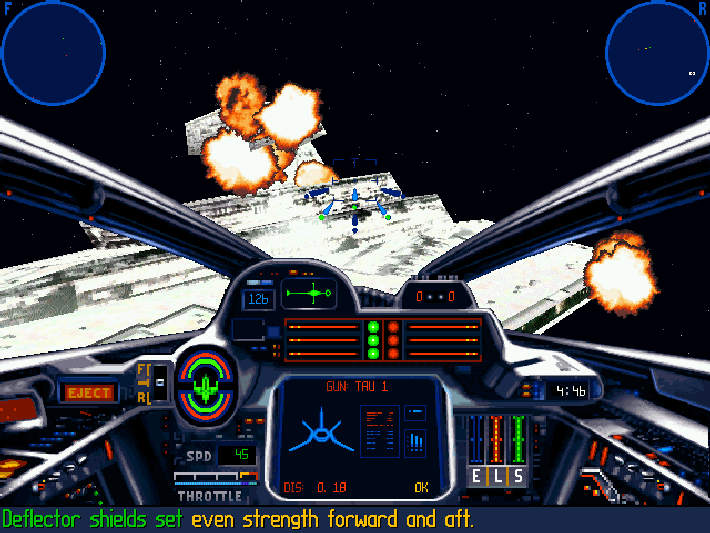
Starfighters
I had built upbound enough trust that I didn't cause to get along a big dog-and-pony show, a gravid pitch, to convince them that I could in reality build an X-Extension gamy
Larry Holland
In 1991, Holland earned a reputation for existence "this in love programmer WHO haunted the halls of what was named Z Building, the complex right crossways the parking area from ILM." Past then Lucasfilm Games had become LucasArts and outgrown its home at the ranch. His ambitious following spunky, Secret Weapons of the Luftwaffe, had interpreted happening a kitchen-sink quality.
You could bet as the US Breeze Force or the Luftwaffe. It had a campaign and a usage mission builder. For the last six months of the project, Nederland rarely bothered making the drive home. He simply lived and slept in his office at LucasArts, where he was shut up a third-political party contractor, as far as possible. Some nights the security measur guard would effulgence a flashlight into his room, wakeful him at four a.m. connected the office couch.
After Luftwaffe hit shelves, Holland began developing a serial publication of expansion disks that added additional planes. Turdus migratorius Parker, a new product marketing manager for LucasArts, was assigned to help Larry's team package and betray the add-ons. This was Parker's start raid the games industriousness, but she'd come from the chaotic world of ad agencies, selling boutique mount bikes. The transition was an easygoing one.
"I went over to George Lucas knowing that the companies were quite similar, in that they were niche products for young-begetting audiences," she says. "Only the people who worked at Lucas were a really different breed... They were way Sir Thomas More interested in Dungeons & Dragons; they were gamers. There were some business people in there, but in that respect were retributive some really passionate game-headed creatives." Earlier long, she and Larry hit it off and began dating.
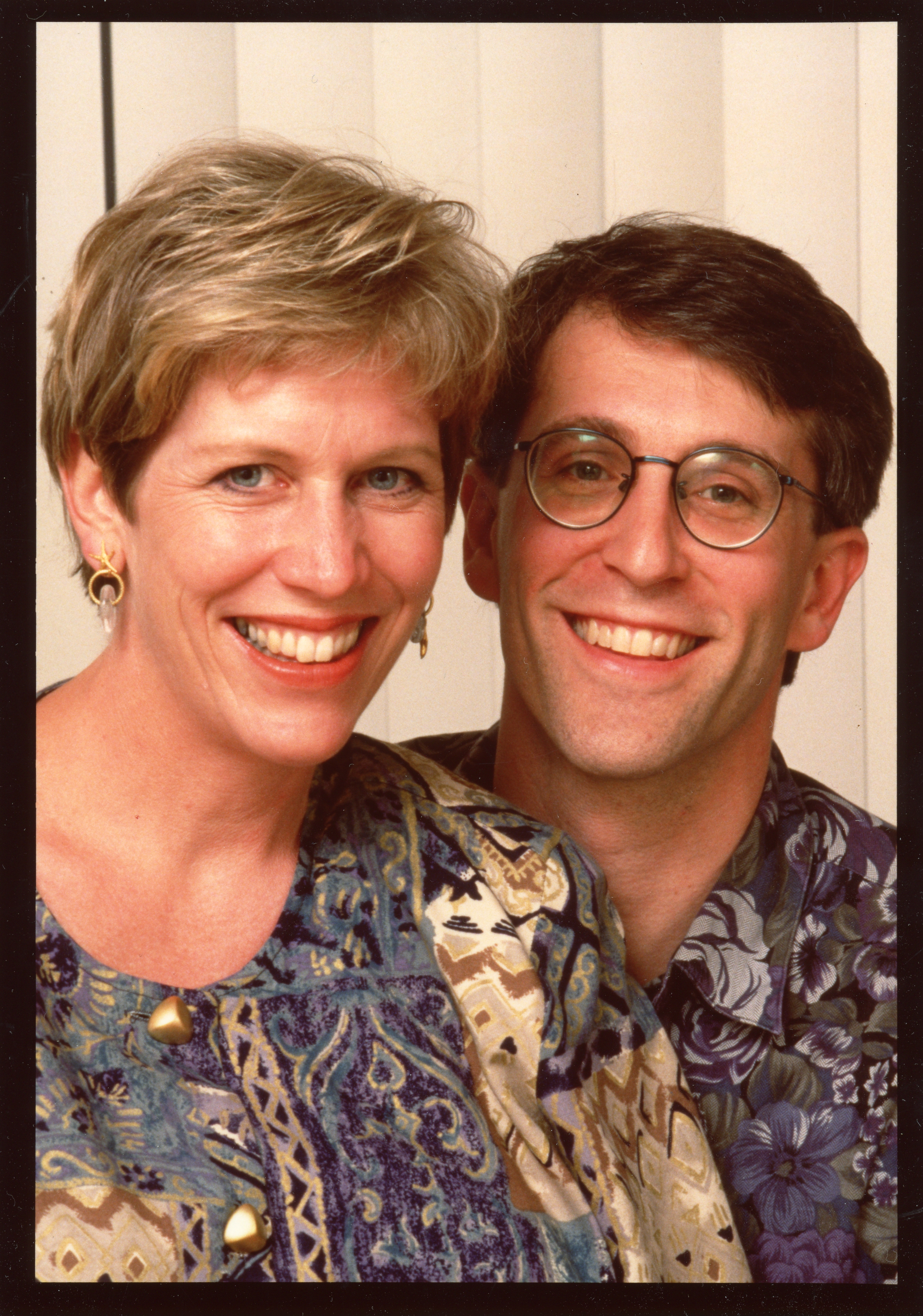
"We got joined, actually, right after X-Annex," Larry says. "Then she was part of building the legit company during TIE Scrapper after we got married. And we had kids; kids started approach right afterward TIE Fighter, so there's a allot going along in my life that changed from the World War II serial publication, ultimately, to X-Wing and to TIE Fighter."
A few months into their relationship, in late '91, Larry's squad started making X-Wing. Robin, meantime, was tasked with marketing the point-and-click adventure plot Indiana John Paul Jones and the Fate of Atlantis. Given the vast car that controls the Star Wars permission nowadays, information technology's amazing how easy Holland got the ill light.
"I think that I had made-up prepared enough trust and legitimacy that I didn't undergo to serve a big dog-and-pony show, a big pitch, or a big plan document before of time to convince them that Star Wars was going to be in safe and sound hands—that I could actually build an X-wing crippled," Larry reflects. "I opine there was a selfsame unawares intention doc. It might've been a few pages, which would've taken some of the rule of my previous games and applied information technology to Star Wars."
X-Wing was an innovative, first-person quad-combat sim in which players took on the role of Keyan Farlander, a original for the Rebel Bond. While it lacked the branchy tale social system of the confusable Wing Commander series, it base depth and complexity in both its beat-like mission design and clever energy-management system. Atomic number 3 Data processor Gaming Universe put together it in their June 1993 review, "Apiece ship is somewhat like a flying battery that supplies power at a slow but stiff rate. This power can be orientated to the engines, the lasers, or to the shields. Diverting mogul to one domain reduces the amount available to the others."
To maestro X-Fender is to passe-partout this system. The game boasted LucasArts' patented iMUSE audio system, which could smoothly change music tracks to match the action, and 3D polygonal artwork—rudimentary today but impressive for the time. X-Wing's manual highly suggested an special 512 kilobytes of distended memory, which tells you something about the tech it was running on. Most especially, though, IT delivered a exceptional fantasy: Flying an X-wing into battle against the Empire's planet-killing superweapon, the Death Star.
"Every game that I had done since Battlehawks was evolving the locomotive without totally throwing it out and doing something red-hot," Larry says. "At that place was always a grounding to build on. The graphics engine was rebuilt Beaver State replaced, and went from only bitmaps to bitmaps hybridized with 3D to X-Offstage, which became 3D. Whole other sets of systems were already fleshed dead and evolved, so that really reduced the risk."
Thither were some really creative people there. There were people who loved devising costumes and dressing heavenward as animals—furries. At that place were people performin games of all kinds day in and day out
Robin redbreast Holland
In addition to The Netherlands, X-Wing and TIE Fighter aircraft had only two another programmers: Peter Lincroft, World Health Organization wrote the 3D "flight engine," and Ed Kilham, who was responsible for the cinematic engine that carried much of the narrative. Larry handled the AI programming for the games' foreign mission detergent builder.
Instantly, based on the hard lessons he'd learned on Luftwaffe, Larry made a decision that shaped the entire X-Wing series: the first game would include only the Rebel Alliance's perspective. "I knew early that I wanted to use the same dual perspective for the Wi Wars material. But I didn't want to put it all in one lame. That was crazy," He says. "This was going to be a game that had a lot more story in IT, and more role-acting of an soul character—a Luke Skywalker type—as opposed to previous games that were more laboratories of history."
You can see Holland's "naturalistic" approach to making a Lead Wars game even in X-Wing's extremity, which is in writing atomic number 3 though you'rhenium a real rookie pilot connection the Rebellion. It describes one mode, called Historical Combat, as "recreations of actual encounters with Imperial Forces."
The previous '80s and early '90s are often referred to by Star Wars fans as the "dark times." The made-for-TV Ewoks movies had come and gone, and Lucas's special-variation re-releases and prequel films were still few eld hit. Timothy Zahn's "Thrawn trilogy," get-go with the 1991 novel Heir to the Empire, sparked a massive resurgence of interest in Star Wars—as did Dreary Empire, the comic-book sequel from Dark Horse. X-Wing launched a few months in the lead of Zahn's third Thrawn novel, The Last Command, and had the luckiness of being the prototypal-e'er Lead Wars game published in-house by LucasArts. Previous Star Wars games—with the notable exception of the 1983 colonnade plot—were mostly ordinary movie tie-ins for the Atari 2600, Game Boy, NES, and some other consoles.
X-Wing and especially Tie up Attack aircraft, which made heavy economic consumption of Zahn's Grand Admiral Thrawn character, arrived at an opportune time.
As Larry's squad continued to grow, and testers from LucasArts began portion with the project, he moved the operation to a rental domiciliate on Redwood Road in Fairfax, California, a "yippie sixties throwback" of a town in Marin County, north of San Francisco. The neighborhood's narrow streets were soon overrun with cars belonging to X-Wing developers, and Larry realized information technology was a short solution, a stepping Harlan Stone toward the business organization that would ultimately become, in 1995, Completely Games.

Robin describes a photograph purloined of Larry's bureau at the Fairfax house: Him seated at his desk, three CRT monitors radiance simultaneously before him, pizza pie boxes and soda cans and white potato-chip bags scattered around him. Here was a man who'd once lived and slept at LucasArts for half a year; Robin byword an opportunity, going into the TIE Fighter era, to bring forward a bit of work-life balance to the makeshift studio. She left her job at LucasArts in March of '93. "It was actually really fun. When I first started working with Larry, he's like-minded, 'You know, you don't have to work. You could honourable go do whatever you require to coiffe.' And I'm like, 'What, are you kidding me? I wouldn't ever see you.'"
"Wholly Games was part of organizing into a official company and actually hiring employees and profit unselfish and naming the fellowship and deciding on a logo and mission and all that sort of stuff. That truly came about in and approximately Railroad tie Fighter," Larry says. "IT was separate of this process of growing as games got more complex and richer. One of the things that was happening was the transition from lax to CD."
3D computer nontextual matter were improving by leaps and bounds in the '90s, which also meant an increase in costs and personnel. Battlehawks had cost Lucasfilm about $62,000, whereas X-Flank's budget was in the ballpark of half a million.
X-Fender arrived in February of 1993 and became a huge hit, selling 100,000 copies at found. "While I at times cursed the gamey when replaying a tough foreign mission for the ordinal prison term, static, I must say that I enjoyed the experience tremendously," Computing machine Gaming World wrote at the time. "I wait with mind-clouding restlessness for the forthcoming add-on disks and subsequence." By December, the halting had sold around fractional a million copies.
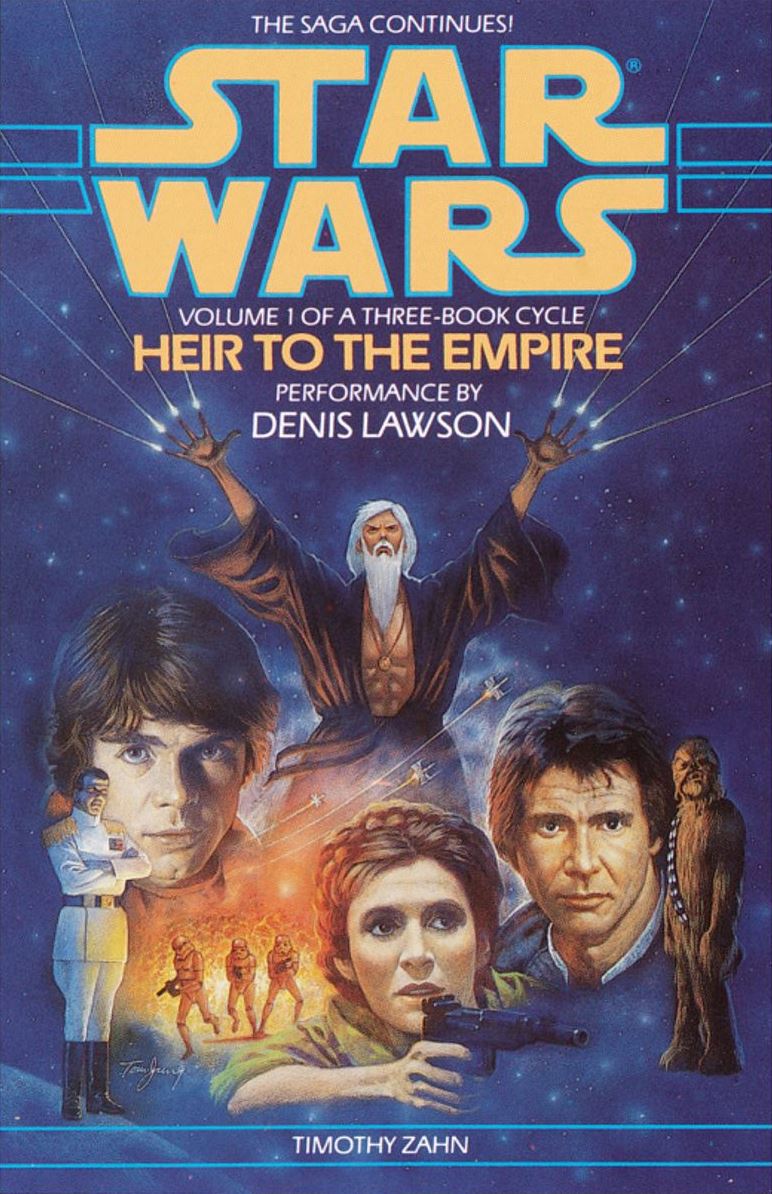
For Star Wars games, at to the lowest degree, the dark times were over.
A key part of the dynamic at Peregrine Software, as Netherlands's fellowship was known prior to the internalization of Completely Games in '95, was that, unlike most of his employees, Larry wasn't a Star Wars fan in the usual good sense. He'd grownup up reading science-fiction novels by Arthur C. Clarke, Asimov, and Henry Martyn Robert Robert A. Heinlein; his cultivation touchstones were the Viet Nam-era counterculture, Kubrick's 2001: A Space Odyssey, and the Apollo 11 Sun Myung Moon landing. Atomic number 2 was in college, doing an archaeological dig in southwestward France, by the time Lucas's original Star Wars dispatch theaters.
"It gave me a trifle bit of a detached linear perspective that I think helped," he says, "because I had fanatics all around me."
"There were several really fanciful people there," Robin redbreast says. "On that point were people who loved making costumes and fertilisation up as animals—furries. There were hoi polloi playing games of all kinds day in and day out. These populate were really into games. And into Maven Wars. We had Star Wars models everywhere; we had posters. We had an enormous and deep library of whatsoever variety of book you would involve about space, about flight, about Star Wars. Certainly, we had all the Chief Joseph Campbell stuff. It was hardly a merriment workplace with a bunch of guys doing englut that they were passionate about—hardly any women. I was unrivalled of the few."
Spell Robin acted as the fledgling studio's CFO, edifice the business from scratch and hiring on new talent when necessary—on best of managing the ongoing relationship with LucasArts—Larry had to ensure that TIE Fighter was more just an X-Wing rehash from the enemy's viewpoint.
"You couldn't just continue the same, and you couldn't just spring the other side of the story," Robin says. "That wasn't ever what it was close to. Information technology was about: How can we get along this experience? Whichever side we're working on, whatever floor we're telling, how pot we make this even Thomas More immersive? That's why we called the company Totally Games."
"X-Flank's sort of like the expected and obvious, and I think we dead IT, for the time, pretty damn well," Larry says. "But by the prison term of TIE Fighter, we had a more robust system. Because, when it comes downfield to it, X-Wing was a truly hard back. Information technology was complex. It was a good story, with acceptable motivation, simply what you actually had to do in the missions—it was kind of hard to figure out. TIE Belligerent had a lot more nuance and layers, and based you as a player by giving you better tracking data well-nig how you were doing, with the instrumentation and so forth."
Then he adds the critical bit. "Of course, we impartial had a tank story to secernate."


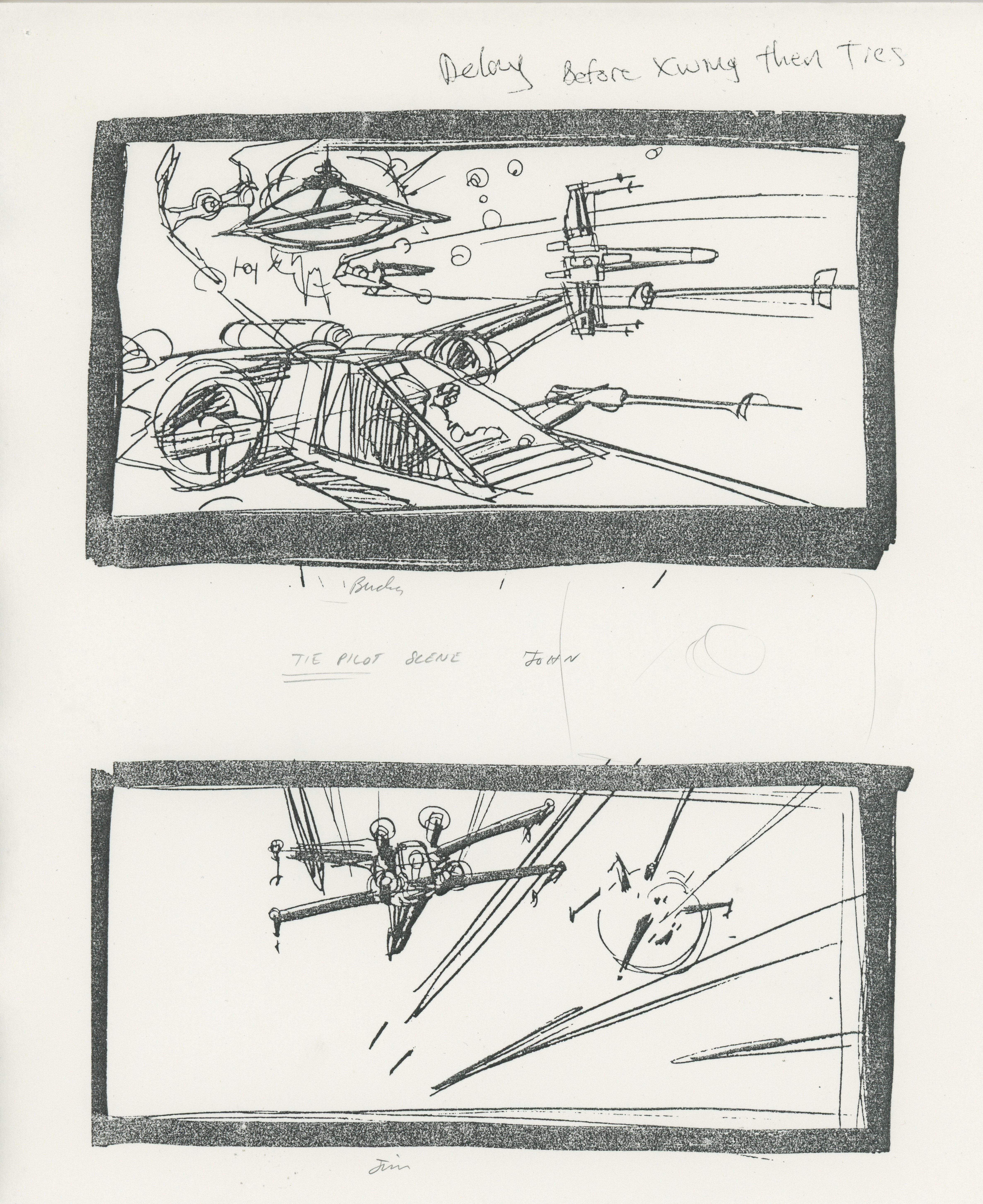

Floppy disks and tin cans
In the '70s, George Lucas and his first collaborators at Commercial enterprise Light & Magic took the visual logic of World War II naval combat and moved it to outer space as they developed Star Wars' battle scenes. Similarly, Larry sought to exercise sincere-reality history to bring to lifespan the worldview of an expendable pilot under the banner of the Galactic Empire.
Expanding happening the successes of X-Wing, the subsequence was novel for its Imperial viewpoint and because IT dared to tell a rich story well outside the parameters of a typical movie link-in. Like Zahn's novels, here was a game that introduced all-new characters, modern starfighter designs, and explored the metre point between The Empire Strikes Back and Return of the Jedi. IT had never been done! And, especially exciting for Star Wars diehards, TIE Fighter told yet another tale of the villainous Grand Admiral Thrawn, who had quickly become a fan favorite.
Holland describes his best meter playing the game as though a Link up Fighter were an artifact you mightiness se in the world, restore, and take flight in
Where X-Wing more or less felt like an adaptation of the original Star Wars, TIE Paladin was a story all its own.
"Bond Fighter was our chance to do everything that we thought of simply didn't get to do with X-Wing, from a function and an experience standpoint," Erithacus rubecol says. "Because I was soh close to Larry, particularly, and the team—and new to the whole domain—what was really captivating for me was to witness the notional process. And I cognize TIE Paladin was a real coup d'etat, because we were always playing with the good guys, and now we could take in the point of view: WHO was the good guy, really? That comes from Larry's background in anthropology, and wanting to see the different sides of things. I think it was an interesting move; it put something new into the Headliner Wars population."
Another way TIE Fighter differs from X-Offstage is in its branching, nonlinear social organization. On with a pair of mission designers, David Wessman and David Maxwell ("The two Daves," naturally), Larry arranged an overall narrative arc, a cast of characters, and the plot beatniks that needed to pass in to each one of the back's charming reanimated cinematics. Set in the aftermath of the Battle of Hoth, TIE Fighter shows the rebels sprinkling in search of a new base. Thrawn, meanwhile, hunts for an Admiral Zaarin, traitor to the Empire (one of the team's original characters), with appearances by the iconic Darth Vader and Emperor Palpatine at key moments throughout.
Scenes are rendered with a mix of altered stills from the Asterisk Wars films, new member artistic creation and animation, and in-engine 3D events. In a video audience shot evenhanded a few weeks before TIE Scrapper was ruined, Nederland said one of the big challenges with the game was fitting it onto floppies, rather than a CD. "The amount of interactional, alive cutscenes we'd like to add had to be limited. The amount of digitized voice, sound effects had to equal scaled back indeed we could shoehorn it onto five disks."
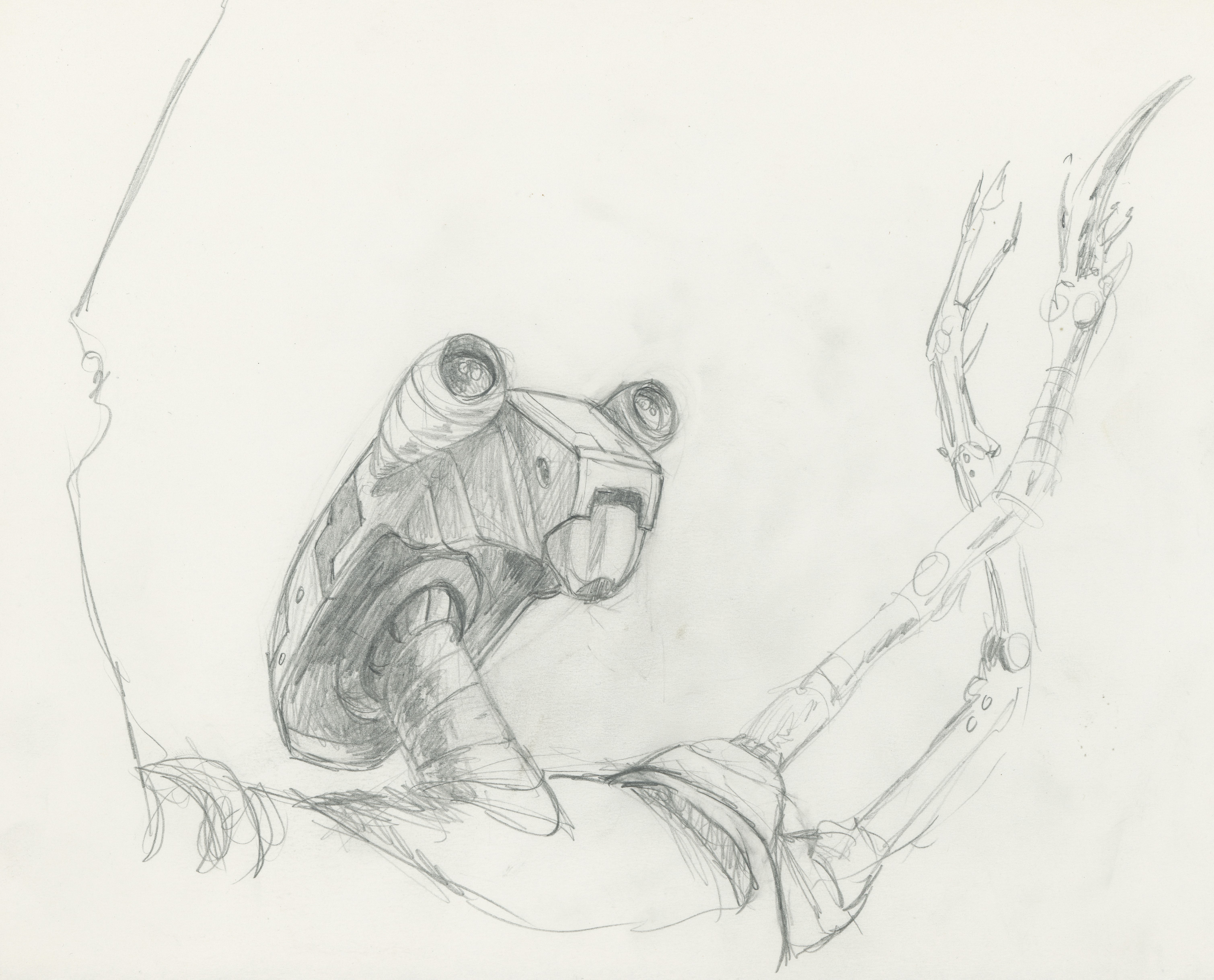

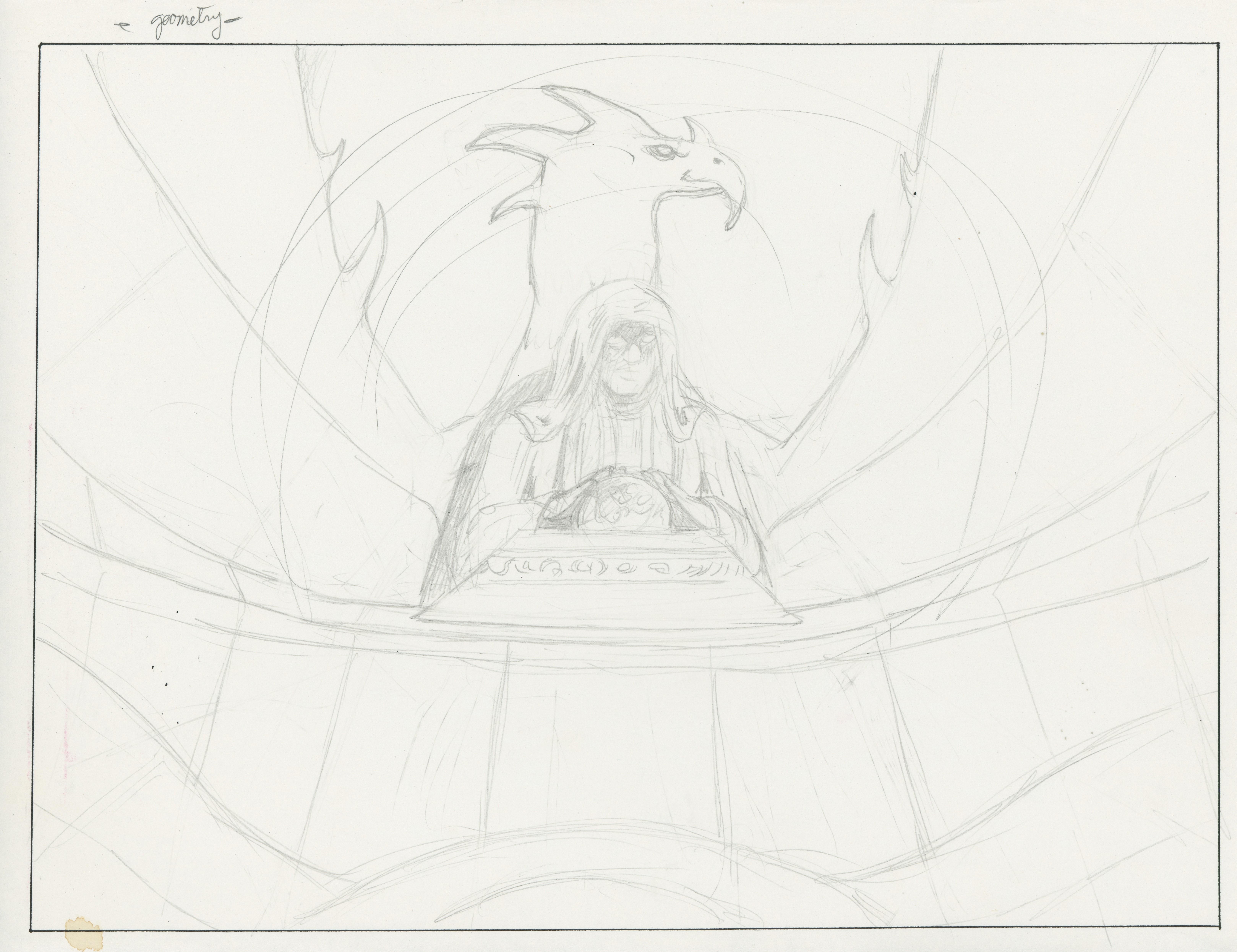


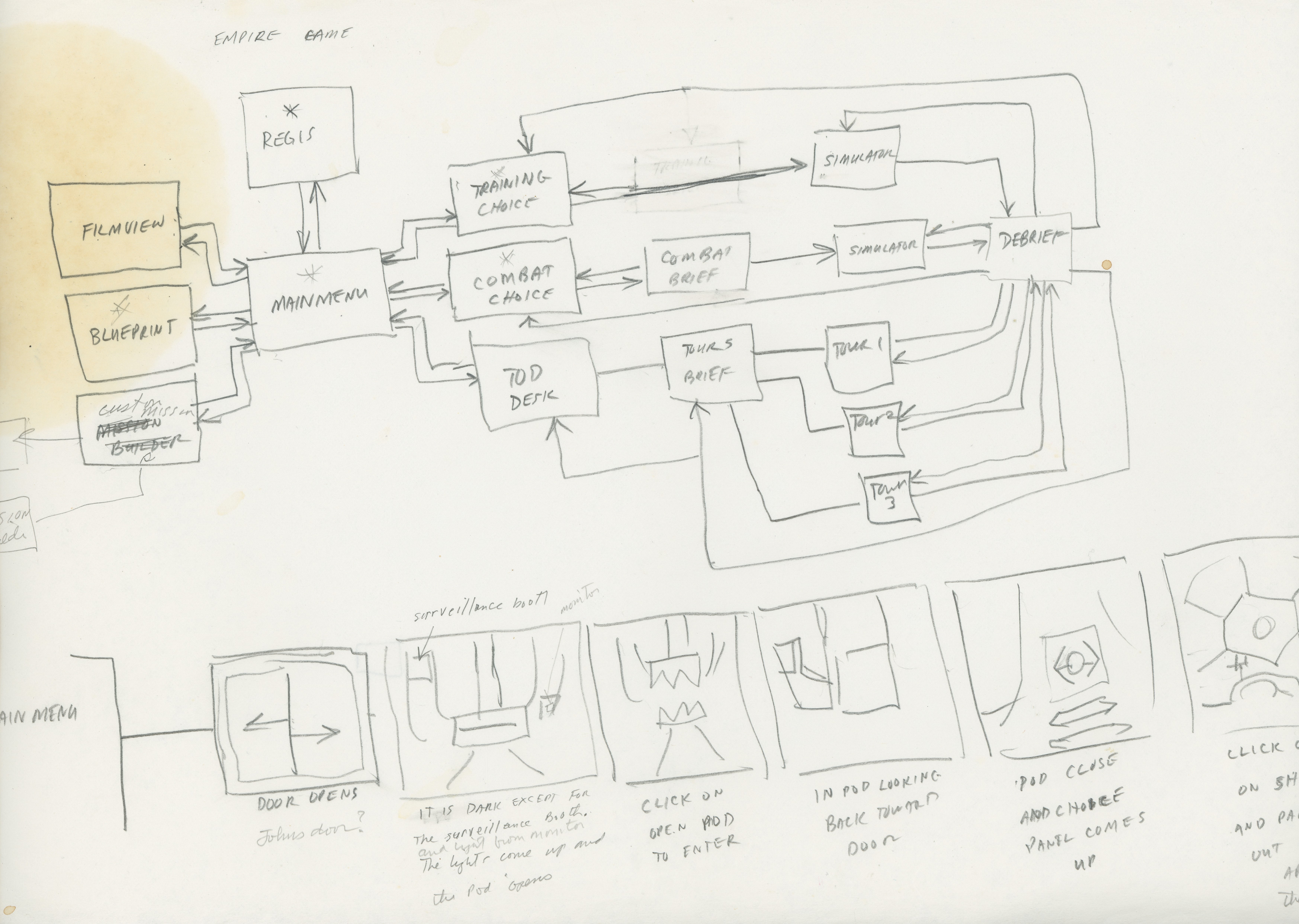
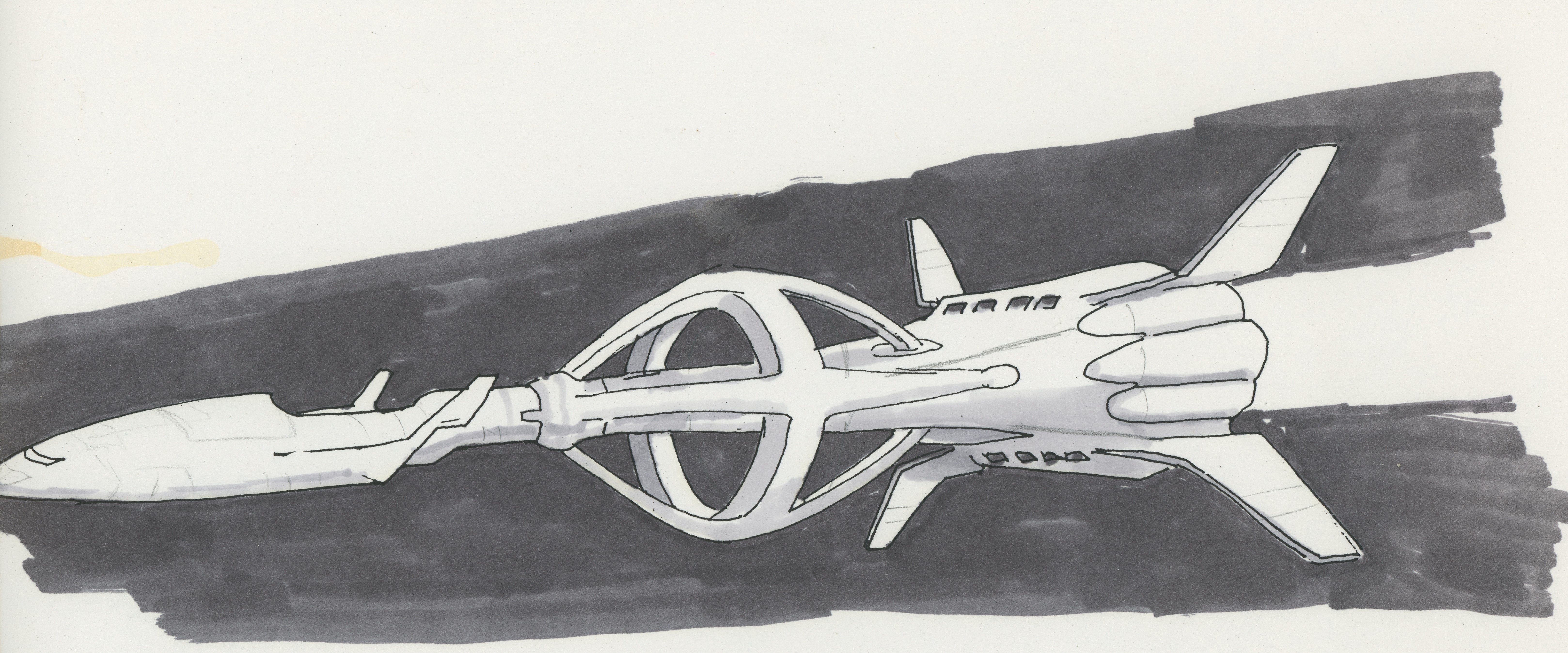
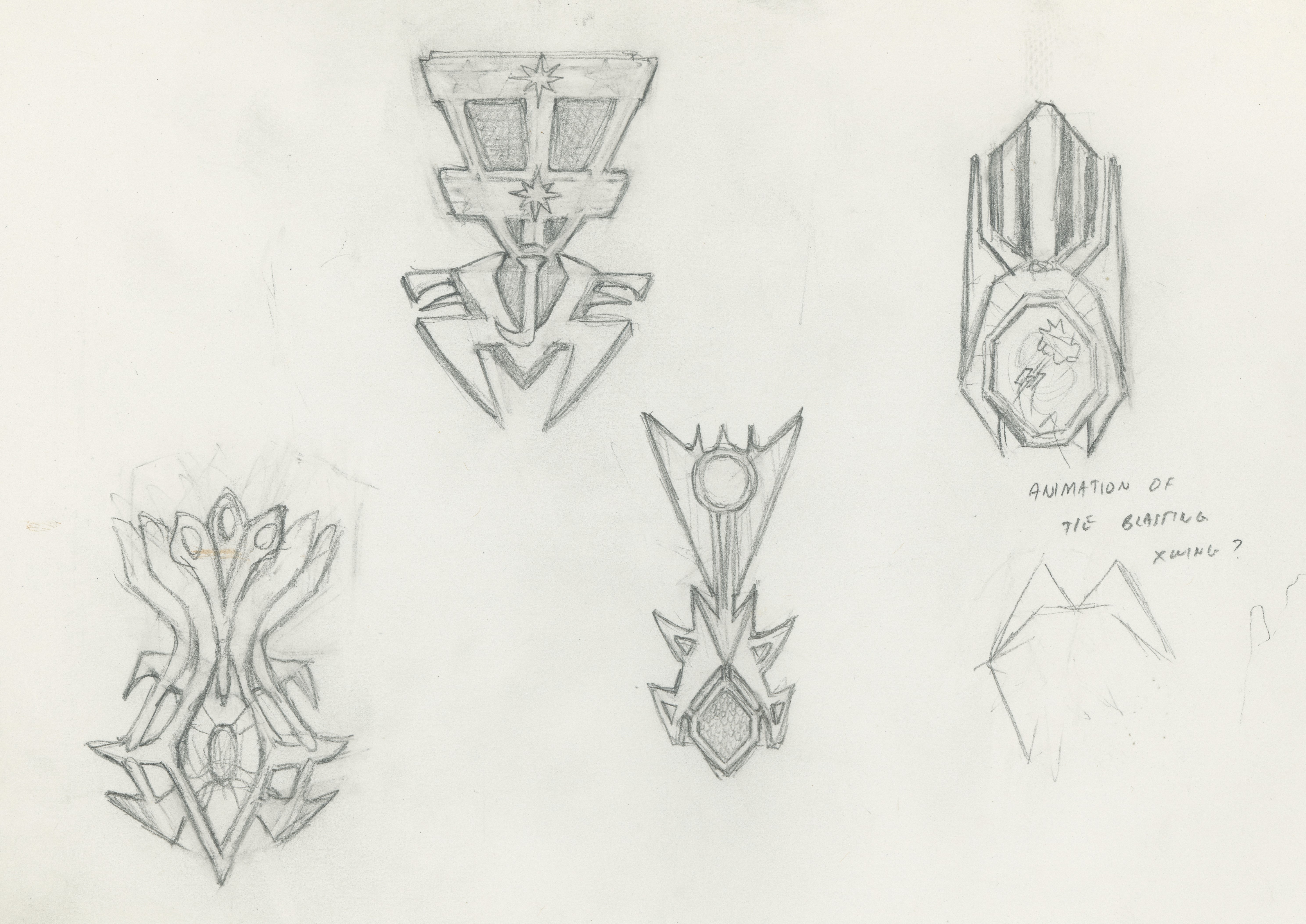

"I would coordinate what the artists would DO with the missions to make sure they all hooked together," Larry remembers. "The project leader basically did everything that wasn't upright development. As teams grew, and so you had directors and producers and multiple levels of producers, but back then on that point was one guy who kept all the wheels turn together."
To fill the quash leftfield by Robin at LucasArts, the publisher's marketing director, Mary Bihr, recruited Barbara Gleason to handle the marketing for Link Fighter. "Blessed Virgin hired ME happening because she was planning a vacation the next day," Gleason recalls. "She was friends with my previous boss, and she sort out of stole Pine Tree State by. I think she scarcely wanted a warm body that sort of knew about video games."
During Gleason's first week happening the subcontract, Bihr made time to drop away and charter her to lunch. The pair went to eat at Skywalker Ranch. "And I just astir fainted going in there, because there was George, having lunch with John Singleton, the director of Boyz n the Hood. Information technology was wizardly."
Gleason found TIE Fighter an exciting but daunting challenge. A yr earliest, her boss had spent tens of thousands of dollars on X-Annexe ads in magazines like Computer Gaming World and PC Gamer, and that first Star Wars dogfighting sim "shot to the top of the charts." But because of the sequel's unconventional stand, Gleason felt she needed to produce creative.
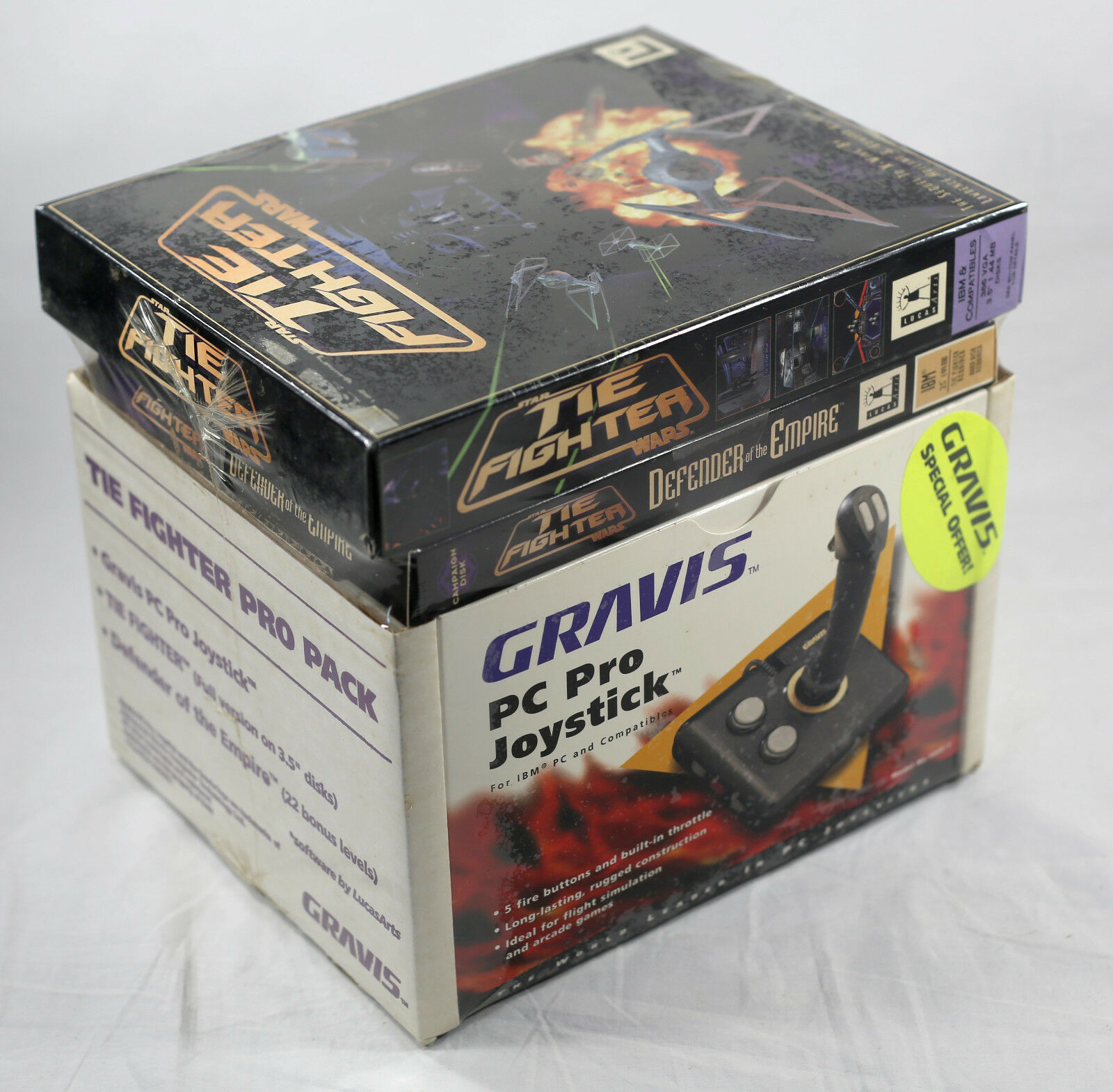
She wrote all the Imperial faux-propaganda written matter for the back of the boxful. "Serve the Emperor!" she implored. "Pirates raid interstellar traders. Terrorists threaten the galaxy. Finished their treachery connected Yavin, the alliance of rebels and other criminals has threatened the very foundation of the Conglomerate."
Gleason collaborated directly with the in-sign art section to rework the box art—sometimes breaking from the established way of doing things. But people at Lucas were often excited to go down beyond their convention responsibilities and assistant bring i something of import. (The party could open the foremost artists in the business, yet had a repute for underpaying them because they were all so psyched to be working on Whiz Wars.)
"I think what really helped the game is that we were approached by Dodge, the auto company," Gleason says. "I wasn't in a great deal of a bargaining position; I didn't own a whole lot to give in return, other than they get to use Star Wars in their advertizement. For the Dodge Neon, which was nothing like a sci-fi operating theater futuristic automobile. It was from Michigan. There was nothing sexy about it; IT looked like a family car. But it was a big win, because we couldn't afford to spread 400,000 demos on our own, or do a TV inferior."
With an unlikely marketing associate in Dodge, Gleason got a Crosstie Fighter demo onto the PCs of thousands of gamers. In early 1994, Computer Gaming Reality magazine released a single-mission demonstrate of the game on a pair of 3.5-inch floppy disks. After clicking their way through an ad for the then-brand-spick-and-span Neon compact, players were rewarded with an early, rough material body of the game.
The full release of Star Wars: TIE Fighter launched in July of 1994 to almost universal acclaim. It won a act of industry awards, and, in May '97, PC Gamer named the "Accumulator's Version" Standard candle-ROM version of Sleeper Fighter, which had the more ripe graphics and healthy Holland had wanted back in 1994, the greatest game always made.
"A batch of people grew a lot working connected these products; they learned a ton," says Robin Holland. "I'm really proud of our company. We have hoi polloi telling us, still, that that was the best shape feel they ever had. I think they got a really sweet amount of healthy mentoring. I know I brought something to the party because I wasn't just a gamer; I brought formalness. Some people mightiness have wished it didn't come, merely if you'Ra going to have a team up work well jointly, you consume to do that. You have to bring some formality and some ways that we're going to work together. Larry's really cracking at gift people a voice, and allowing them to explicit their ideas."
As the story goes, George George Lucas was shown the packaging for TIE Fighter in a board meeting not far after the game had come unconscious and had started performing well financially and earning acclaim. Lucas picked up the box, examined the cover, and so turned it over to read the copy connected the back. "'Majestic Dark blue'?" he aforesaid. "There's no United States Navy in Star Wars." A moment later: "Well, I guess it doesn't matter."
"What we were doing mostly didn't affect the greater population," Larry says. "I conceive populate really enjoyed it, and a lot of populate played information technology."
That success continuing with sequels like the multiplayer-focused X-Offstage vs. TIE Fighter and X-Wing Alliance, which further tied into the movies and new Ace Wars Expanded Universe. But the real bequest is in how Bond Fighter explored the Empire for the first clock, bringing a depth to George Lucas's galaxy that wasn't there before. Without Wed Fighter, information technology's hard to imagine later games that pushed the boundaries of Star Wars, like Knights of the Antediluvian Republic 2, would deliver e'er been made.
Holland seems pleased when I tell him that Disney's Holocene full of life show Star Wars Rebels, which conspicuously features Thrawn in its second half, draws on ideas from TIE Fighter, like the Link Defender curriculum. Larry's especially proud of the game's elite secondary faction, the Secret Order of the Emperor, and how it managed to serve as an living thing wing of what would have otherwise been simple bonus objectives. "I liked that element, you said it we weaved information technology jointly. We had the cutscenes to stomach it, we had medals," he says. "Information technology caught the interesting relationship with the Emperor and this melodic theme that these are a special group of pilots who get these special tattoos. That's a real highlight for me."
He describes his first time playing the game as though a TIE Attack aircraft were an artifact you might get word in the world, reconstruct, and take out flight in.
"This matter, this tin can," he says, "had a whole antithetic feeling. So many of the other games had wholly these fighters, whether information technology was X-wings or P-47s, which could handle a lot of blackguard. Here, information technology really felt like we captured the fear factor of beingness in something that could setback up with only few shots. I liked that take on things—that emotion that was surrounding you at all times."
Feeling nostalgic? Take a turn through all the classics with our out-and-out chronicle of Star Wars on Personal computer .
Source: https://www.pcgamer.com/the-making-of-star-wars-tie-fighter/
Posted by: guzmanwariuld.blogspot.com


0 Response to "The making of TIE Fighter: How being the bad guys changed Star Wars forever | PC Gamer - guzmanwariuld"
Post a Comment